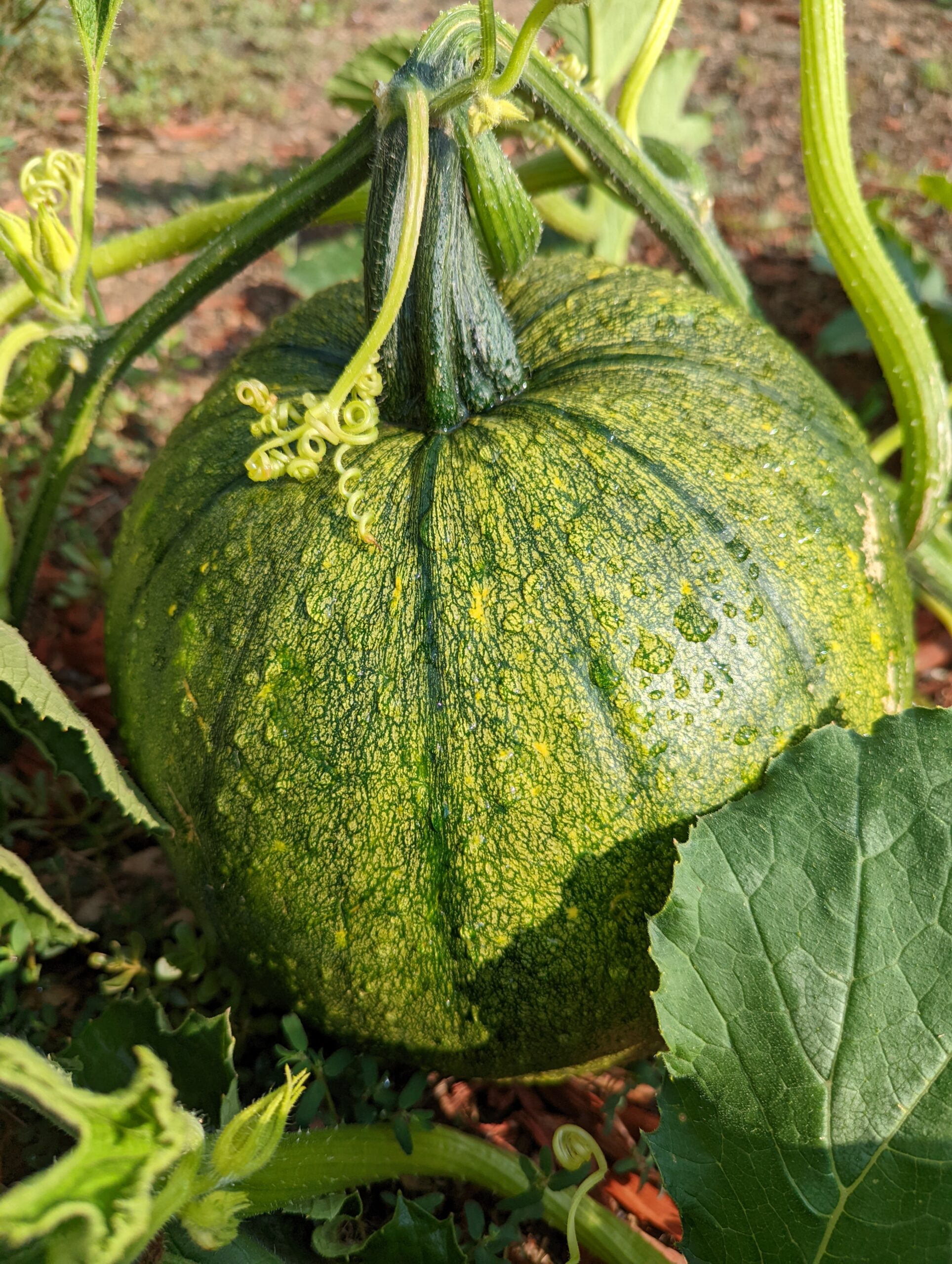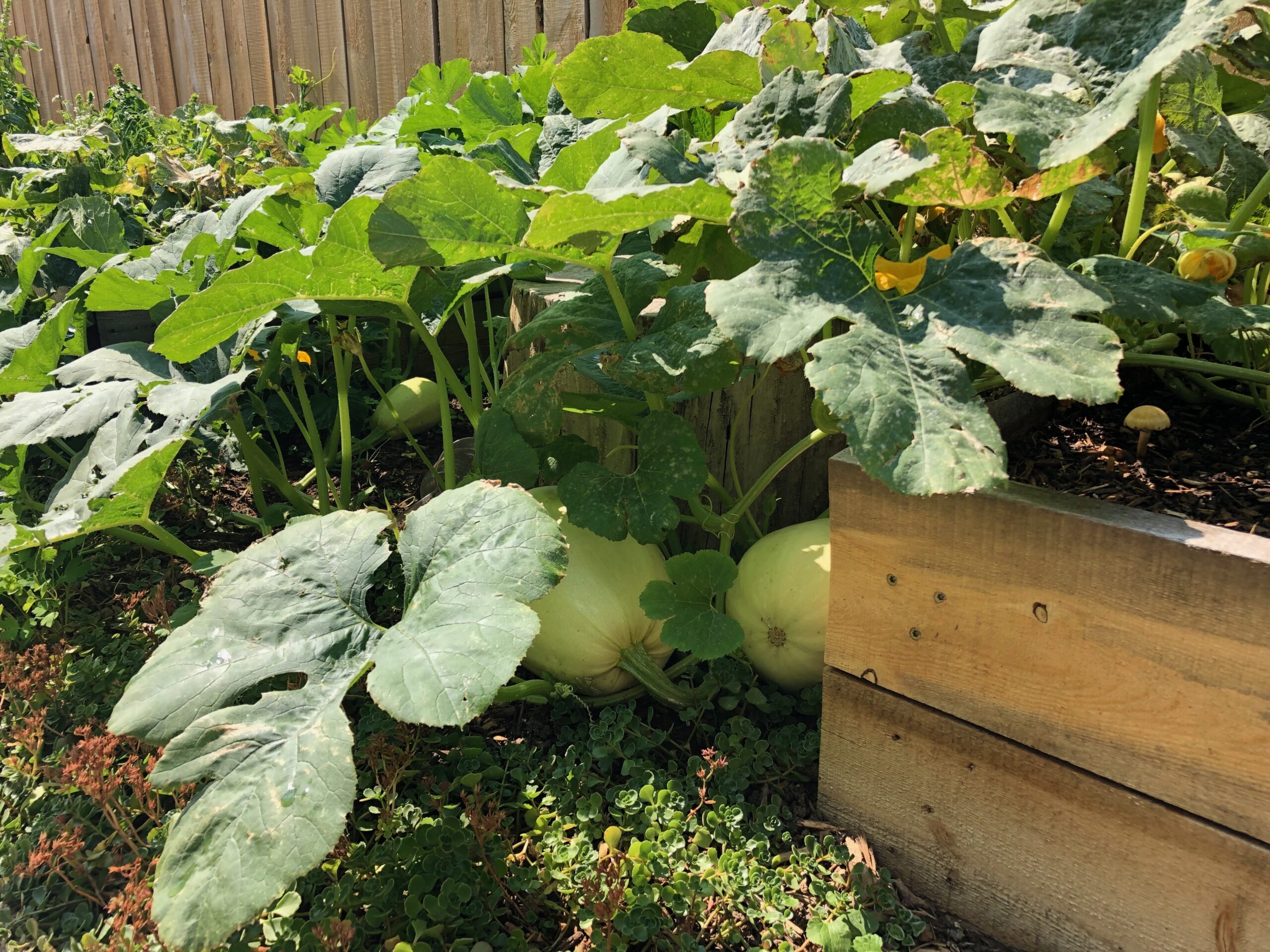

American gardeners plant pumpkins to carve or paint as jack-o’-lanterns, bake into pies or display for Halloween and Thanksgiving.
What are good conditions for pumpkins?
Pumpkins are warm season vegetables that do well in low humidity and usually grow in any average soil. But, they won’t tolerate wet, poorly aerated soils. Pumpkins need a lot of room and full sun to grow, so plant them on the edge of a garden and allow them to spread on uncultivated ground.
Should I fertilize my pumpkins?
Pumpkins require moderate fertilization, so add a nitrogen fertilizer while preparing the soil before planting and then spread fertilizer in the rows when the vines start to spread. Plant pumpkins in late May in rows four to six feet apart. Plant two seeds in each hole, with holes about two feet apart. When the plants have three or four leaves, thin to one plant every two feet. Keep weeds under control and scout for insects regularly.
How should I water my pumpkins?
Pumpkins are deep-rooted, water-conserving plants and should be watered deeply and infrequently to encourage good vine and root growth. Keep plants watered between late July and early August when they bloom and fruit. Pumpkins are ready for harvest when the rind, or skin, has toughened and the stems are dry.
How should I pick my pumpkin brand?
For giant-sized pumpkins weighing several hundred pounds, try growing the Prizewinner variety. For jack-o’-lanterns up to 25 pounds, plant Howden; and for tall and slender pumpkins, plant Tallman. Baby Bear is a decorative variety that is sweet for cooking. Its nearly hulless seeds are great for toasted snacks and its size is perfect for children to carve.
For more information, see the following Colorado State University Extension fact sheet(s).
- Organic Fertilizers
- Vegetable Garden: Soil Management and Fertilization
- Cucumbers, Pumpkins, Squash and Melons
- Vegetable Garden: Soil Management and Fertilization



